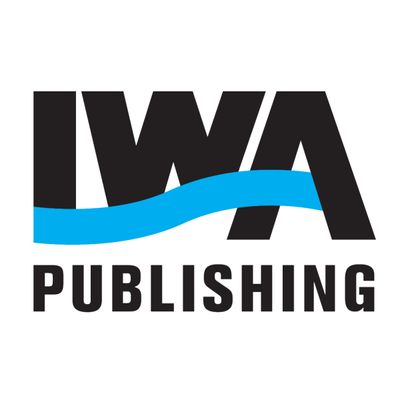

- Home
- Companies
- IWA Publishing
- Articles
- Modelling Common Agricultural ...
Modelling Common Agricultural Policy–Water Framework Directive interactions and cost-effectiveness of measures to reduce nitrogen pollution
Selecting cost-effective measures to regulate agricultural water pollution to conform to the Water Framework Directive presents multiple challenges. A bio-economic modelling approach is presented that has been used to explore the water quality and economic effects of the 2003 Common Agricultural Policy Reform and to assess the cost-effectiveness of input quotas and emission standards against nitrate leaching, in a representative case study catchment in Scotland. The approach combines a biophysical model (NDICEA) with a mathematical programming model (FSSIM-MP). The results indicate only small changes due to the Reform, with the main changes in farmers' decision making and the associated economic and water quality indicators depending on crop price changes, and suggest the use of target fertilisation in relation to crop and soil requirements, as opposed to measures targeting farm total or average nitrogen use.
Keywords: bio-economic modelling, common agricultural policy, cost-effectiveness, Scotland, Water Framework Directive
